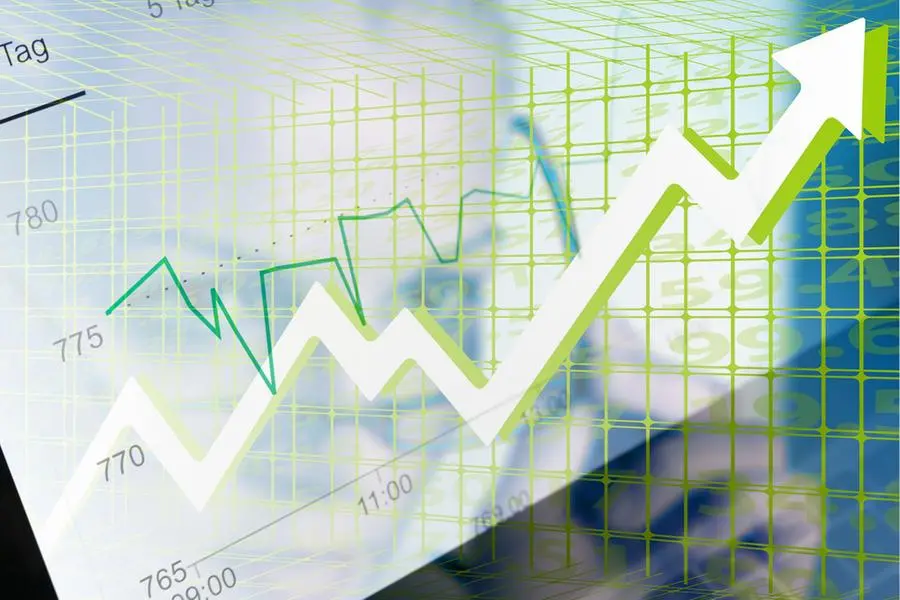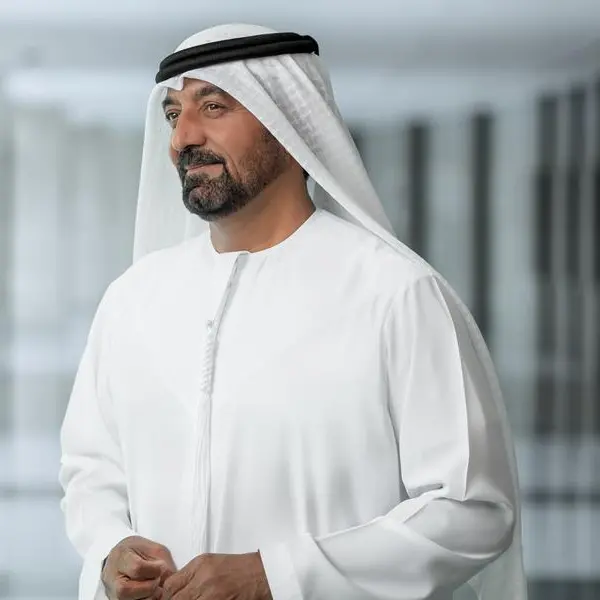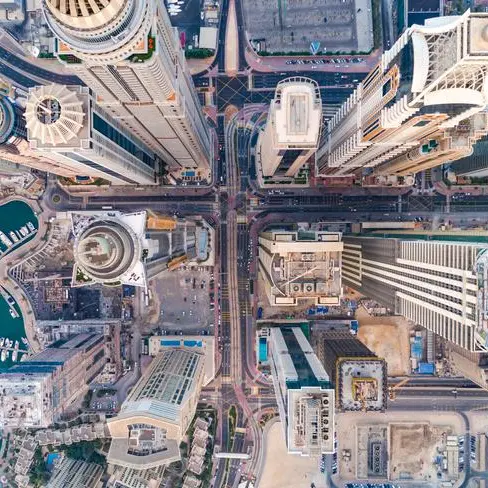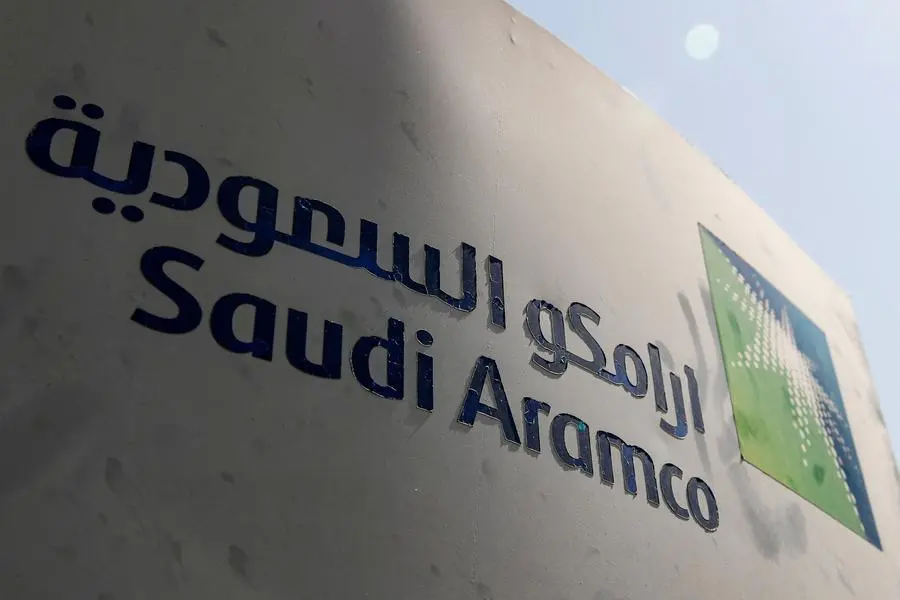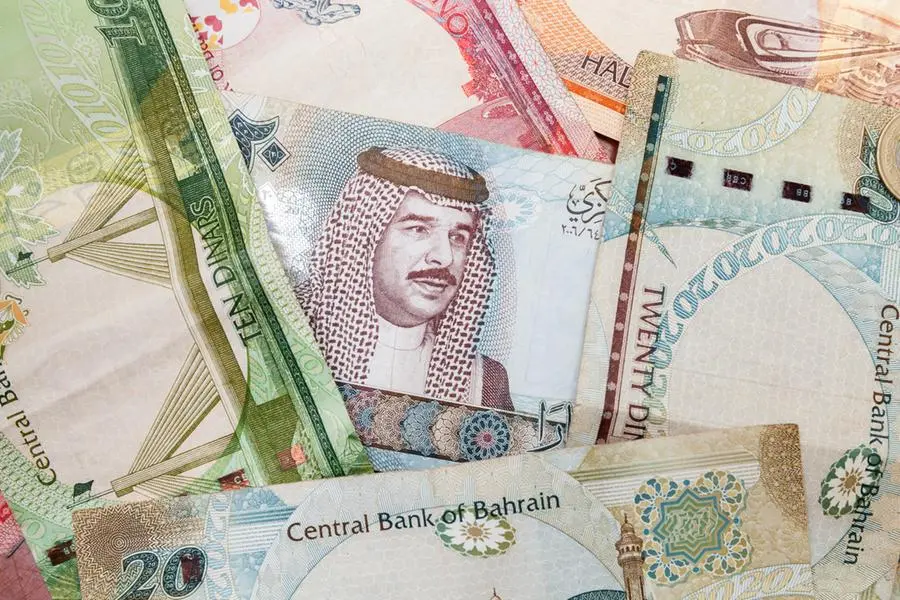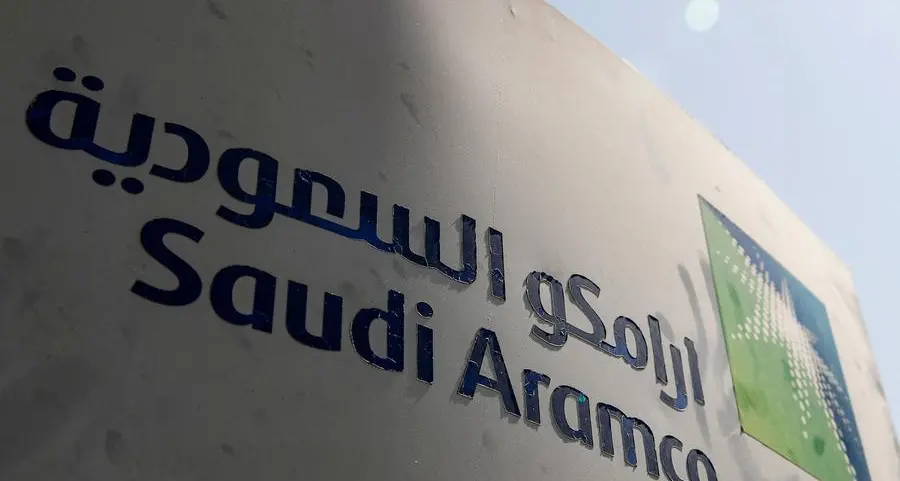PHOTO
In the aftermath of the COP28 climate conference and with the recent invitation for the UAE and Saudi Arabia to join the ‘BRICS’ club of emerging nations raising the region’s profile, the importance of Middle Eastern economies remains in the spotlight. What does an approaching era of peak oil demand hold for the region in the coming months? Samy Chaar, Chief Economist at Lombard Odier, sheds light on the economic outlook in the Middle East and what to expect in 2024:
Oil scenarios and geopolitical landscape
- The GCC region is poised for a modest economic growth rebound. A gradual reversal of oil output cuts for some GCC economies, together with eventual rate cuts, is likely to propel growth in the region by just under 3% in 2024, shrugging off the slowing global economy.
- Amid elevated geopolitical risks, but with slowing global demand growth and ample supply, we expect Brent crude to trade in a USD 80-90 per barrel range this year with risks to the downside in coming months, then towards the middle of the range from mid-year.
Inflation and economic diversification
- Inflation rates in the region are expected to dip, following the recent rapid interest rate hiking cycles.
- In the coming months, the region’s monetary authorities might intervene in the money market to cap intermittent liquidity squeezes. In the UAE, authorities will be ready to adjust real estate sector regulations instead of monetary policy to limit the downside risks in Dubai property prices that are likely to see the negative impact of rising rates.
- Diversification away from hydrocarbon production will be key to the region’s economic prospects, where National ‘Visions’ will act as catalysts for coordinated investments into non-oil and gas sectors.
- In Saudi Arabia, investments in tourism and entertainment sectors will continue to accelerate in 2024. Public sector investments in the UAE will continue to jump as the country leads the region in solar energy investment.
